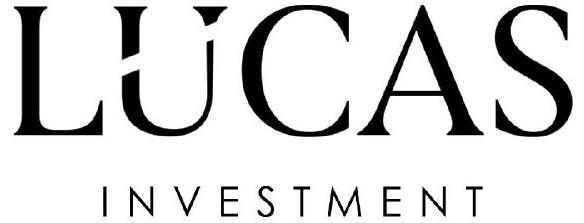In the realm of economic cycles, the boom/bust sequence is a well-recognized phenomenon, characterized by periods of rapid economic growth followed by periods of contraction.
This perspective highlights several key aspects of economic cycles:
- Uncertainty and Indeterminacy: The boom/bust sequence is not a deterministic process. Various unpredictable factors, including market sentiment, geopolitical events, and technological breakthroughs, can influence the direction of the economy at any given time. This inherent uncertainty means that predicting the exact timing and duration of booms and busts is exceedingly difficult.
- Policy Interventions: Governments and central banks play a crucial role in attempting to manage economic cycles. Through monetary policies such as adjusting interest rates and engaging in quantitative easing, and through fiscal policies like government spending and tax adjustments, policymakers can influence economic activity. These interventions can sometimes reverse economic downturns or cool off overheated economies, demonstrating the potential for changing the direction of the economic process.
- Market Sentiment and Confidence: Investor and consumer confidence are pivotal in shaping economic trends. Positive news, successful policy measures, or unexpected positive developments can boost confidence, leading to increased spending and investment, which can help reverse a downturn. Conversely, negative sentiment can deepen a bust phase.
- Global Interconnectedness: In today's globalized economy, events in one region can have significant repercussions worldwide. A recovery in a major economy can create positive ripple effects globally, potentially aiding other economies in reversing their downturns. Conversely, economic struggles in one part of the world can exacerbate global economic challenges.
- Structural and Technological Changes: Innovations and structural changes in the economy can influence the economic cycle. Technological advancements, for instance, can lead to the creation of new industries and job opportunities, driving economic growth and potentially reversing a downturn.
There is nothing determine about the boom/bust sequence, that the direction of the process can be reversed practically at any time.
George Soros's statement underscores the fluid and dynamic nature of economic cycles. While there are tools and factors that can influence the direction of the boom/bust sequence, the process is inherently uncertain and subject to a wide range of influences.



of course like your web site however you need to test the spelling on several of your posts. Several of them are rife with spelling issues and I in finding it very troublesome to inform the truth on the other hand I?¦ll definitely come back again.
I like this website very much, Its a very nice spot to read and obtain info . “No one wants advice — only corroboration.” by John Steinbeck.
I went over this web site and I believe you have a lot of great information, saved to fav (:.
Thank you.